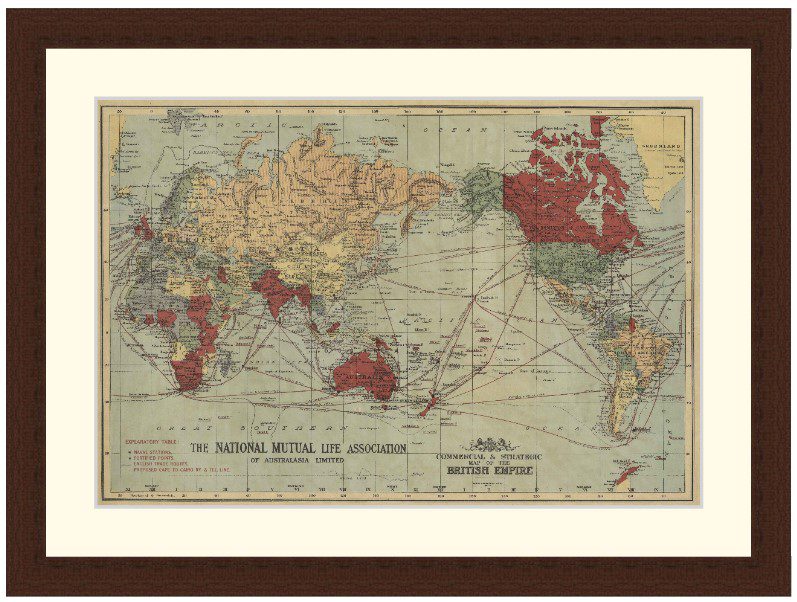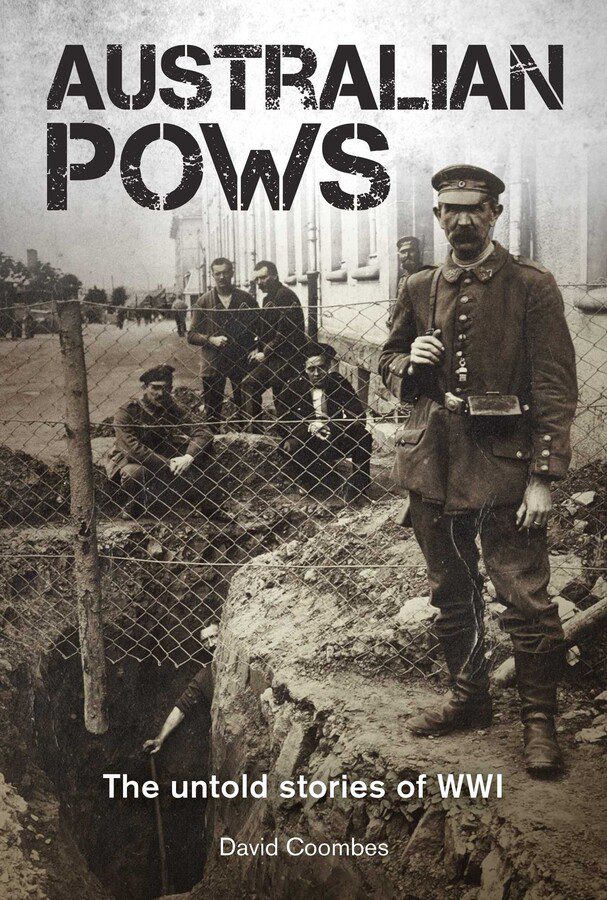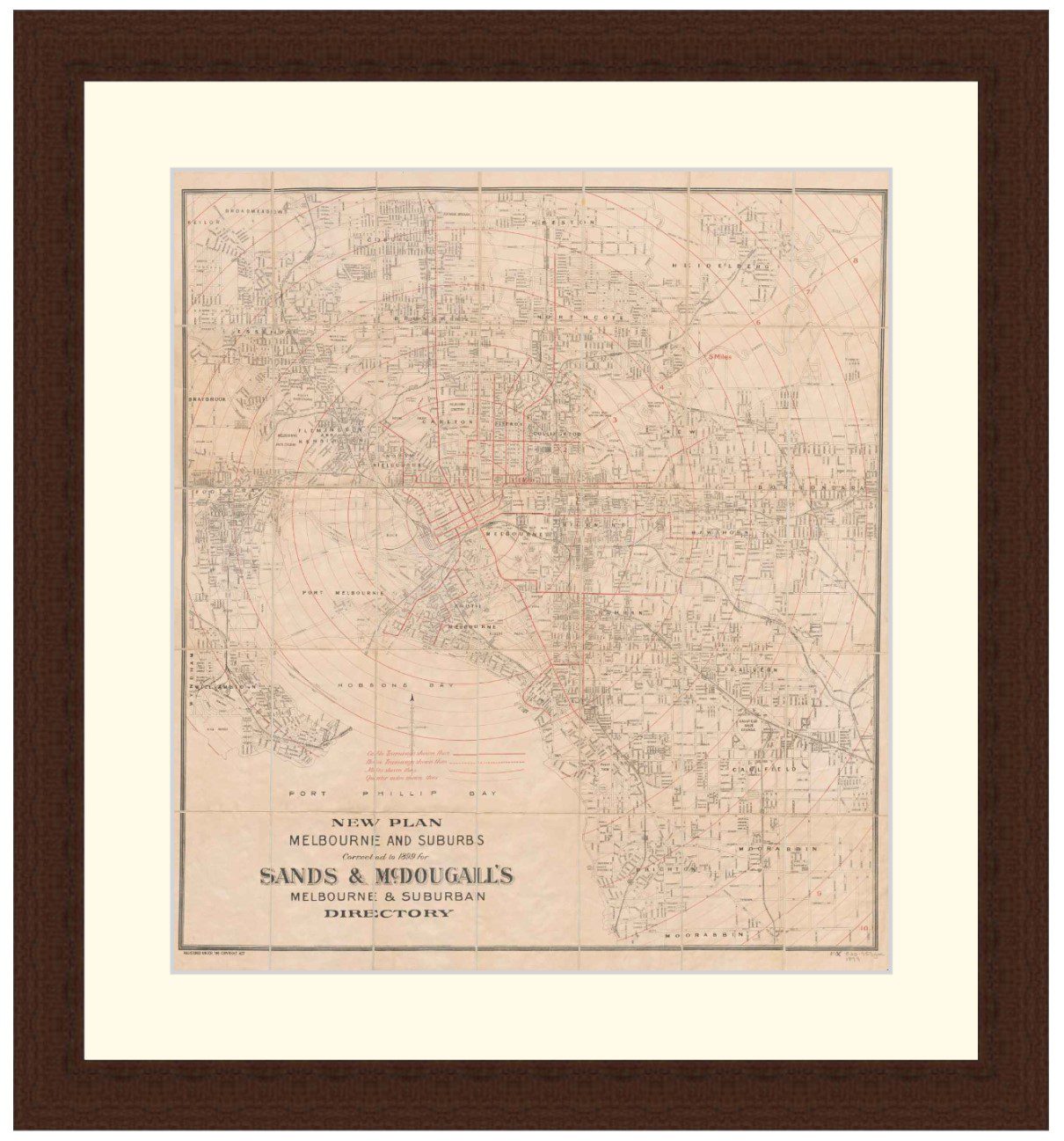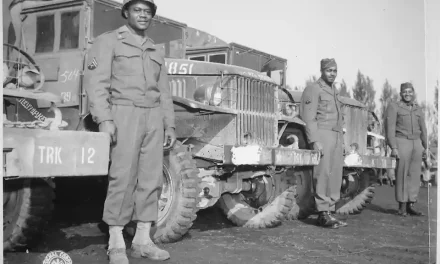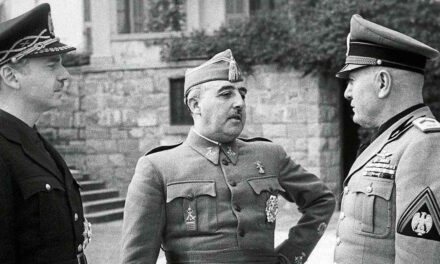Forgotten men and women from Australia in a forgotten war – Burma 1942-1945.

If you didn’t know that Australians were involved in the longest campaign of WWII, in Burma, in what was called ‘a forgotten war’, this conference will illuminate the lost and compelling stories of their service, based on the book In the Fight.
The conference tells of the involvement of Australians in what became one of the great sagas of the war against the Japanese in South East Asia, encompassing India, Ceylon, Burma, China, Thailand, Indo-China, Malaya, Singapore and Sumatra.
While Australian airmen attached to the Royal Air Force were heavily engaged, many other Australians both uniformed and civilian were part of the monumental struggle to turn ‘defeat into victory’ in Burma. Australian war correspondents, Red Cross nurses, Royal Australian Navy sailors, war artists, commandos and saboteurs, soldiers serving with the British Indian Army, the Women’s Auxiliary Service (Burma), well known sportsmen, government officials dealing with the terrible Bengal famine, Qantas crews and POWs in the Rangoon Jail will be covered in this remarkable conference.
Click here to download the conference program.
9am to 5pm Saturday 16 November 2024
Ticket Prices (Tea, Coffee and lunch included):
Military History & Heritage Victoria Members $75.00
Non-Members $95.00
Concessions/Students $85.00
Venue:
Caulfield R.S.L. 4 St Georges Rd Elsternwick Victoria.
Free all-day parking available at the shopping centre on Glen Huntly Road.
Elsternwick Train station and Tram stops within 250m (5 min walk) from the R.S.L.
Articles you may also like

Why Gorbachev’s legacy still threatens Putin
Reading time: 5 minutes
Little remains of the legacy of Mikhail Gorbachev, the last Soviet leader and one of the greatest reformers in Russian history.
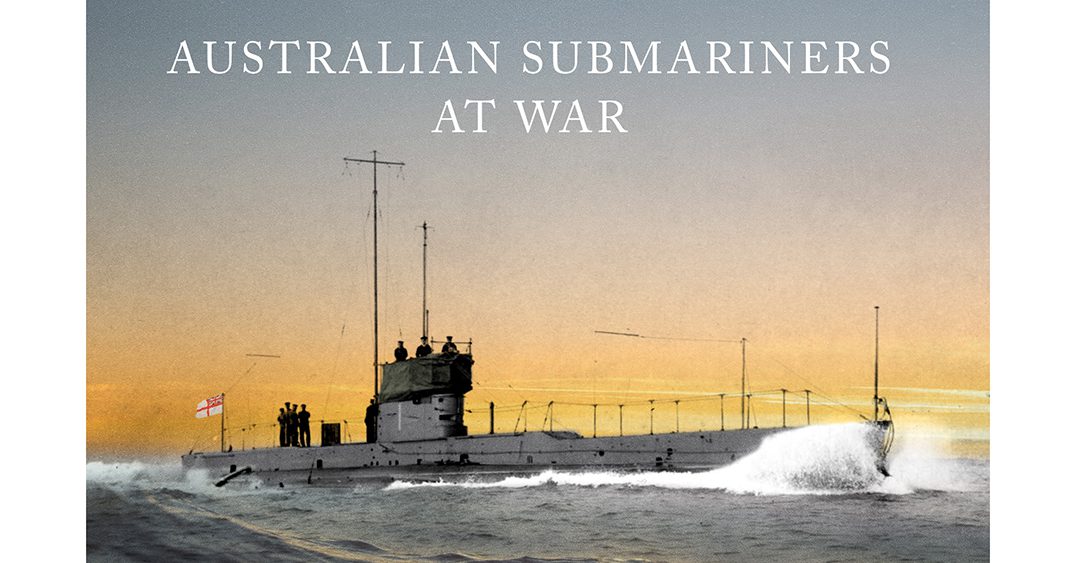
Dive! Australian Submariners at War by Mike Carlton – Book Review
Reading time: 4 minutes
Dive! opens with the best description of the development and implementation of submarine technology and doctrine I have ever read. This could easily be part of a broader history of submarines, Carlton has clearly done broad and extensive research and his writing effortlessly demonstrates his command of the topic.

Weekly History Quiz No.263
1. Who led the victorious army at the Battle of Poltava?
Try the full 10 question quiz.


